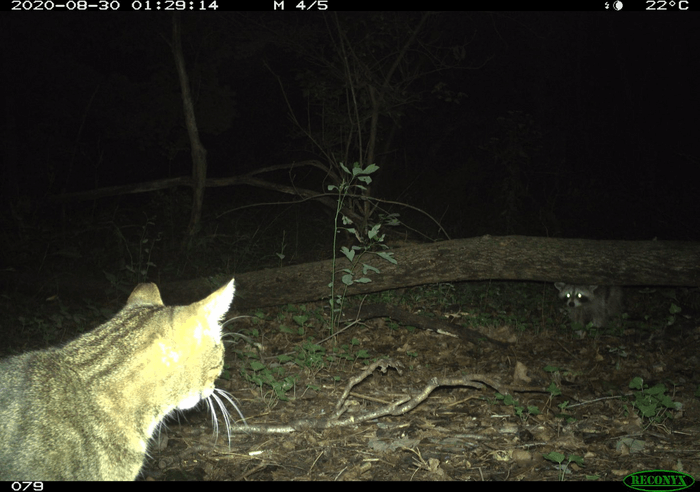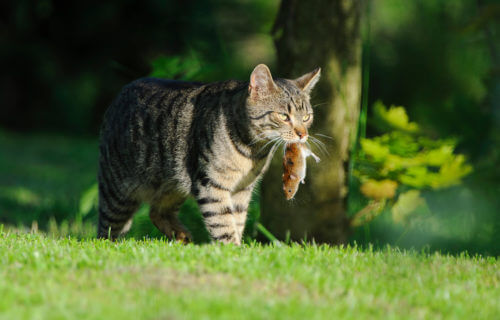COLLEGE PARK, Md. — Plenty of domestic cats spend most of their time outdoors, exploring the surrounding neighborhood and hunting smaller prey. Others are relegated to “indoor cat” status, and only know the four walls of their owner’s home. It’s easy to sympathize with indoor cats, but researchers from the University of Maryland suggest that our feline friends are actually much better off living inside.
Cats are certainly in their element outside, but they’re also at a much greater risk of catching and transmitting various diseases. Study authors explain that felines carry an “uncontrollable drive” to hunt and kill surrounding wildlife, and while that’s all well and good for the cats, these actions reduce native animal populations and degrade biodiversity.
All in all, the research team at UMD say humans bear the primary responsibility of protecting both cats and the environment, and these risks can be significantly reduced by simply keeping cats indoors. Researchers used data provided by the D.C. Cat Count, a Washington, D.C. survey that used 60 motion-activated wildlife cameras across 1,500 sampling locations. These cameras captured cats as they preyed on other animals, recording how they “overlapped” with native wildlife. This allowed the team to better understand why cats and other wildlife are present in some areas, but not in others.
“We discovered that the average domestic cat in D.C. has a 61% probability of being found in the same space as racoons — America’s most prolific rabies vector — 61% spatial overlap with red foxes, and 56% overlap with Virginia opossums, both of which can also spread rabies,” says Daniel Herrera, lead author of the study and Ph.D. student in UMD’s Department of Environmental Science and Technology (ENST), in a university release. “By letting our cats outside we are significantly jeopardizing their health.”

Which animal populations are cats putting at risk?
Besides the danger they put themselves in — potentially catching diseases like rabies and toxoplasmosis that they can bring indoors to their families — outdoor cats also pose a serious threat to native wildlife. The D.C. Cat Count survey showed that when cats are allowed to roam outside, they tend to share the same spaces with and hunt small native wildlife such as grey squirrels, chipmunks, cottontail rabbits, groundhogs, and white footed mice. When cats hunt and kill these animals, it can reduce biodiversity and degrade ecosystem health.
“Many people falsely think that cats are hunting non-native populations like rats, when in fact they prefer hunting small native species,” Herrera explains. “Cats are keeping rats out of sight due to fear, but there really isn’t any evidence that they are controlling the non-native rodent population. The real concern is that they are decimating native populations that provide benefits to the D.C. ecosystem.”
Generally, Herrera notes that wildlife living nearby is usually associated with tree cover and access to open water. Meanwhile, cat presence decreased with those natural features but increased with human population density. According to the research team, these observations strongly dispute the prevailing notion that cats are simply assuming “a natural role” in the ecosystem by hunting wildlife.
“These habitat relationships suggest that the distribution of cats is largely driven by humans, rather than natural factors,” adds Travis Gallo, assistant professor in ENST and advisor to Herrera. “Since humans largely influence where cats are on the landscape, humans also dictate the degree of risk these cats encounter and the amount of harm they cause to local wildlife.”
In conclusion, study authors encourage pet owners to keep their cats inside. On the other hand, when it comes to feral cats, Ferrera’s research indicates these felines are equally at risk of contracting diseases and causing native wildlife declines and should not be permitted to roam freely where the risk of overlap with wildlife is high. This aligns with earlier calls for geographic restrictions on where sanctioned cat colonies can be established.
The study is published in the journal Frontiers in Ecology and Evolution.

